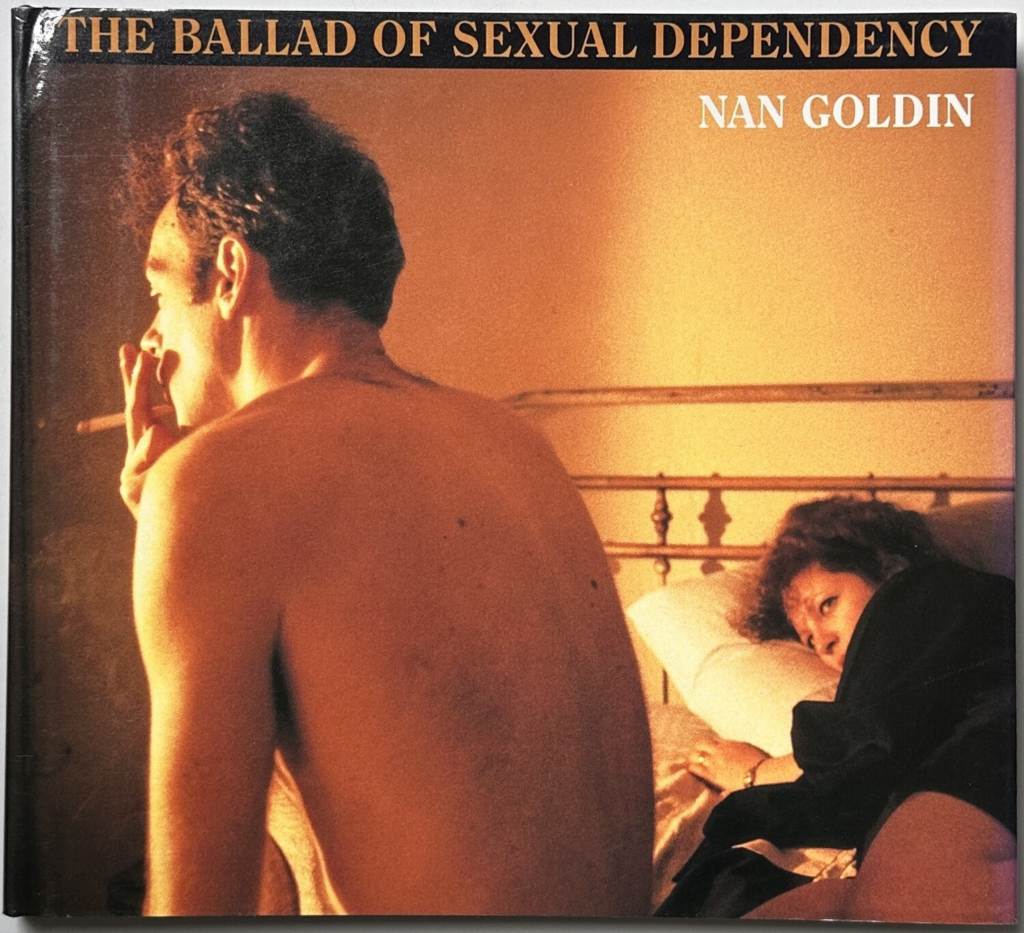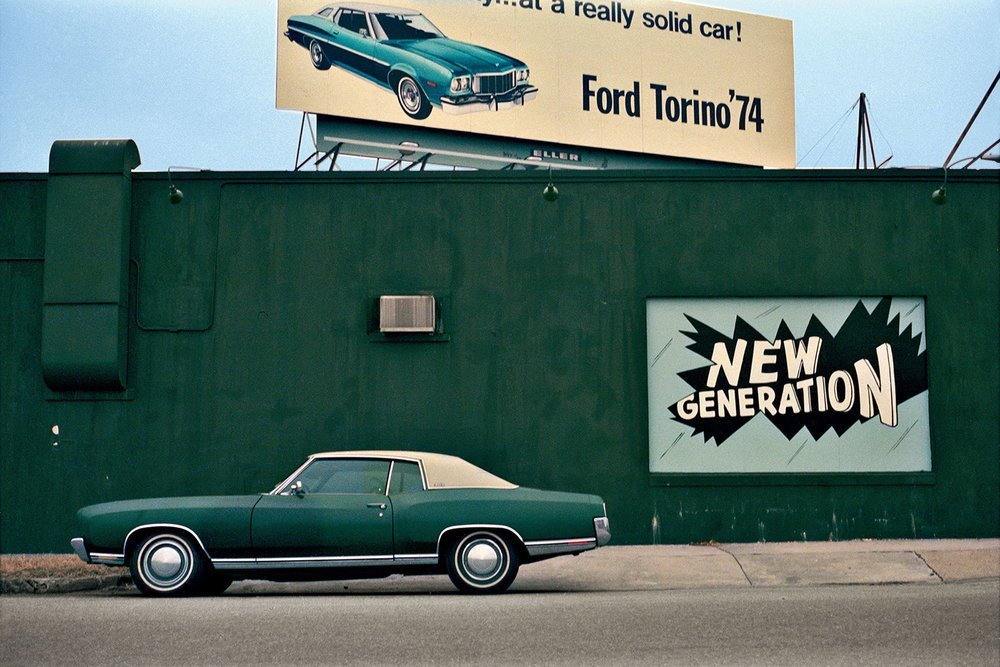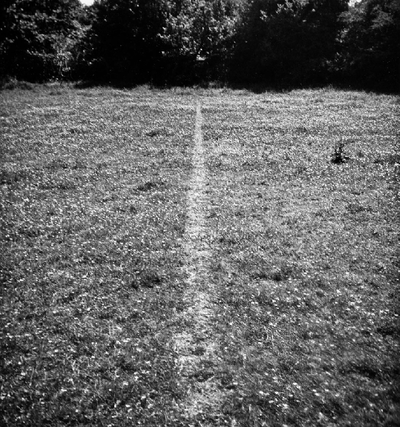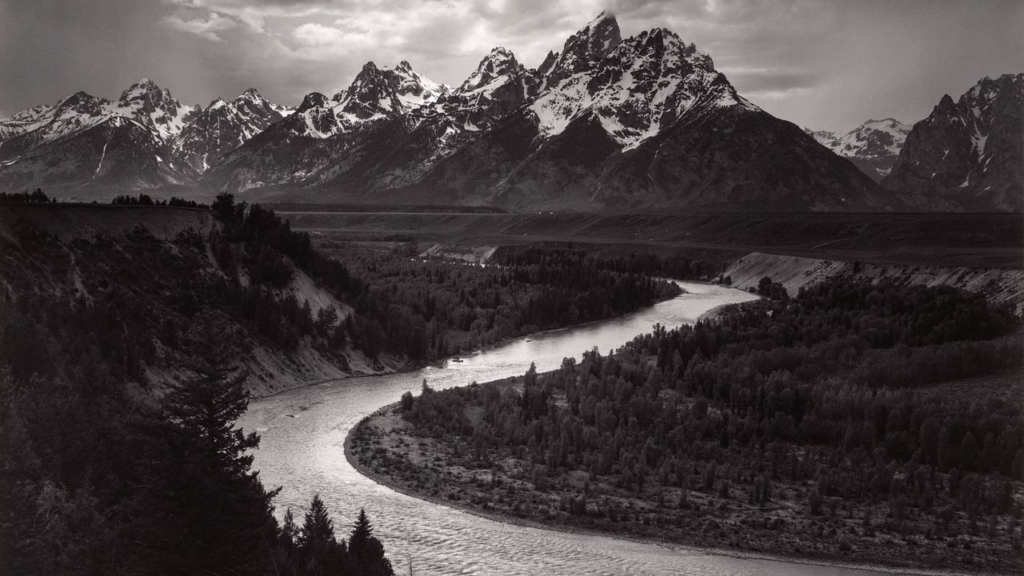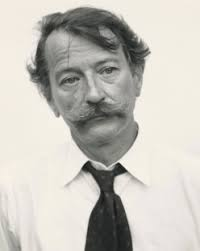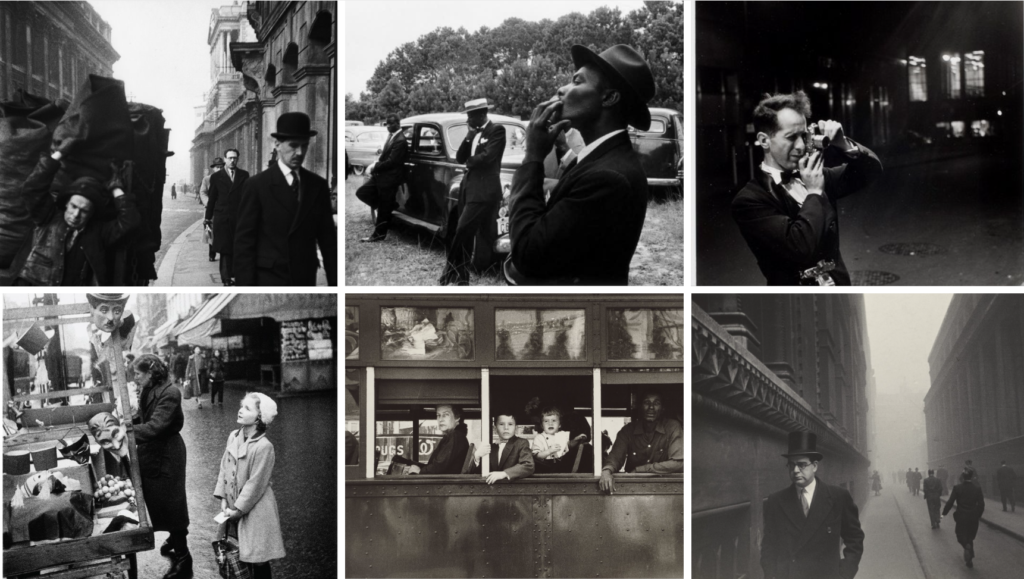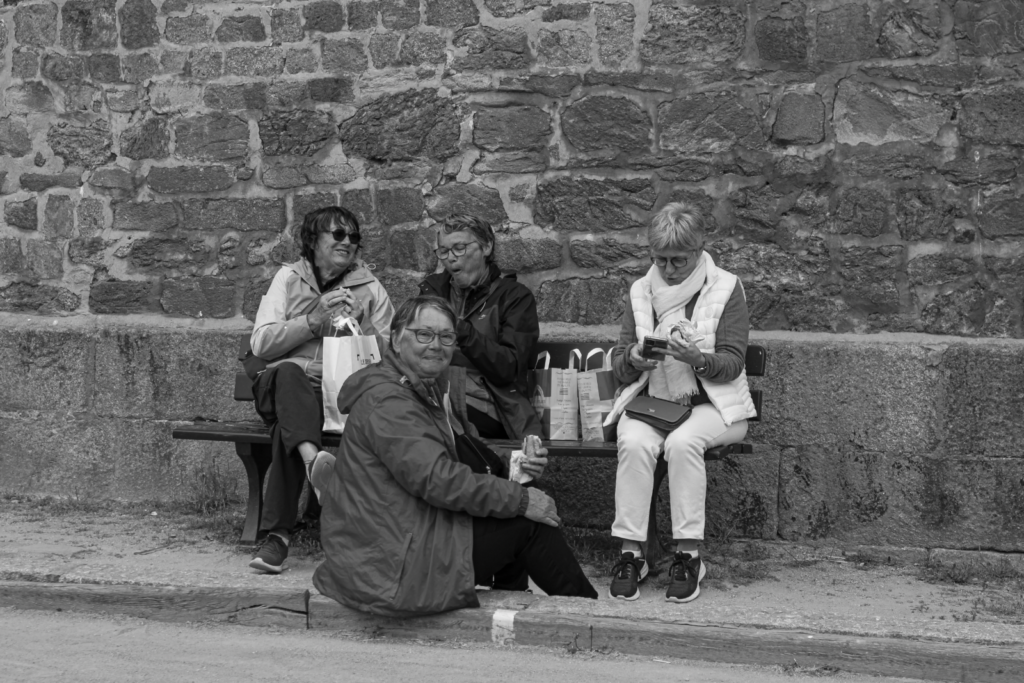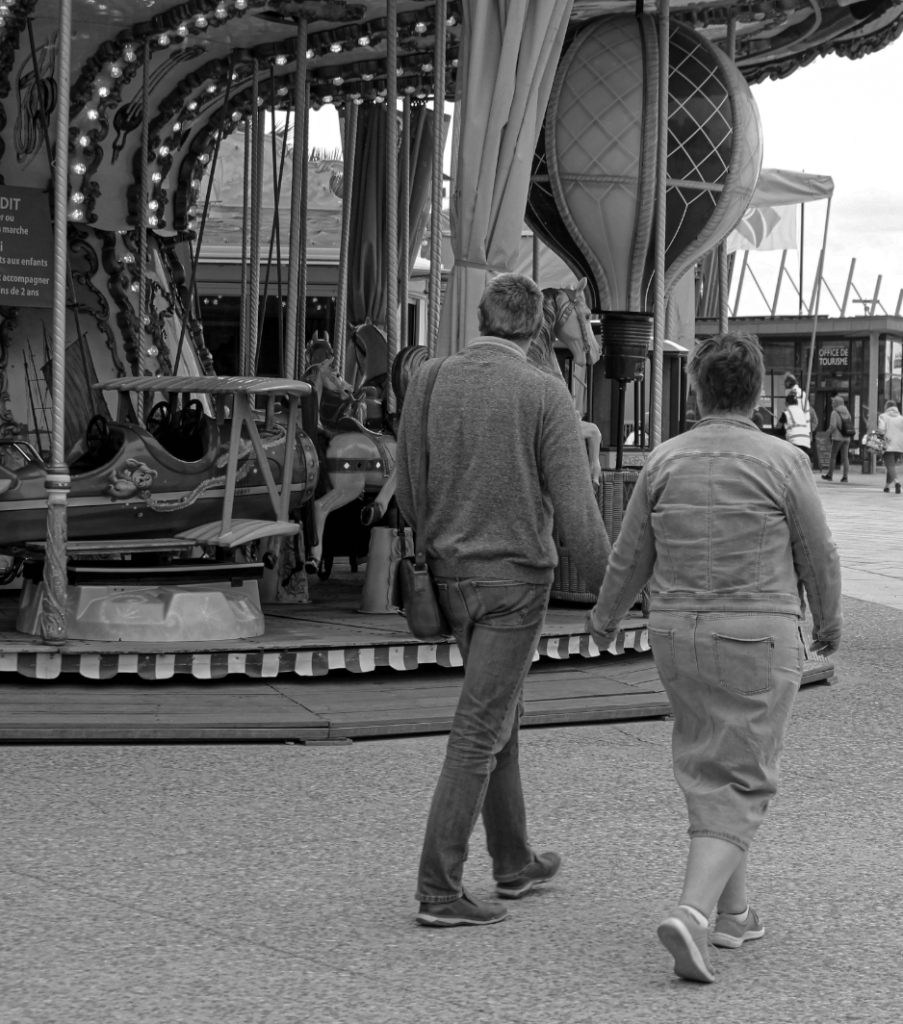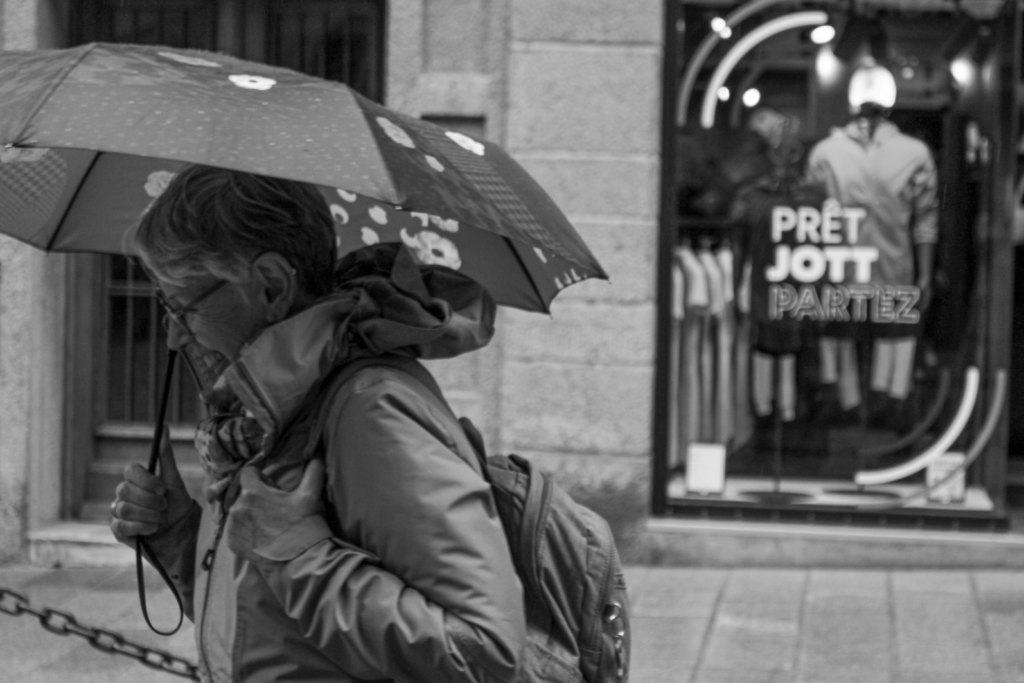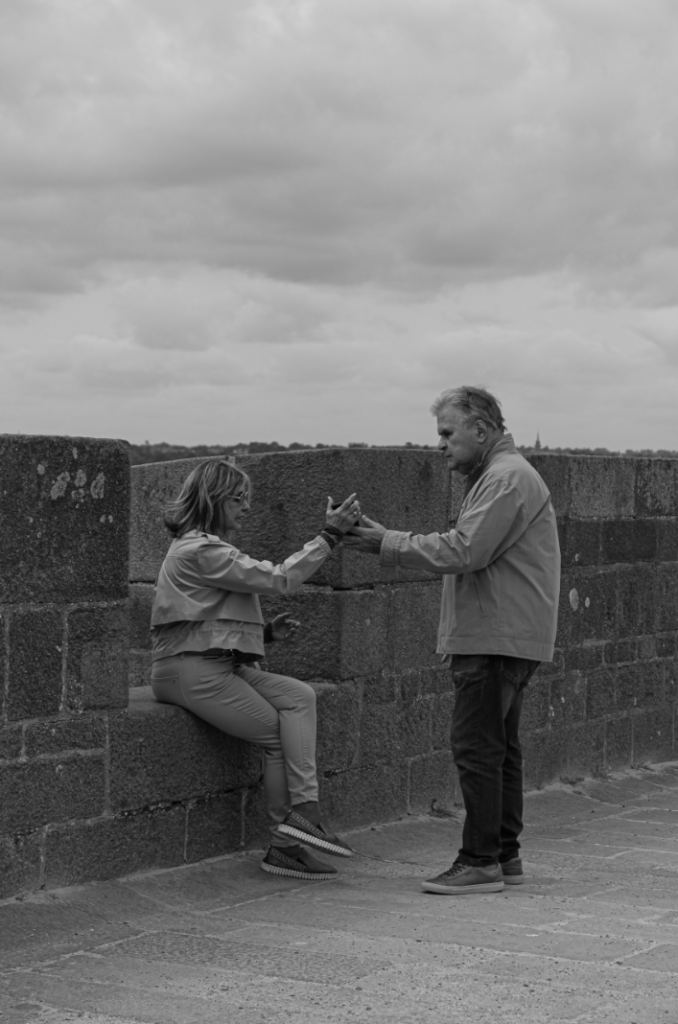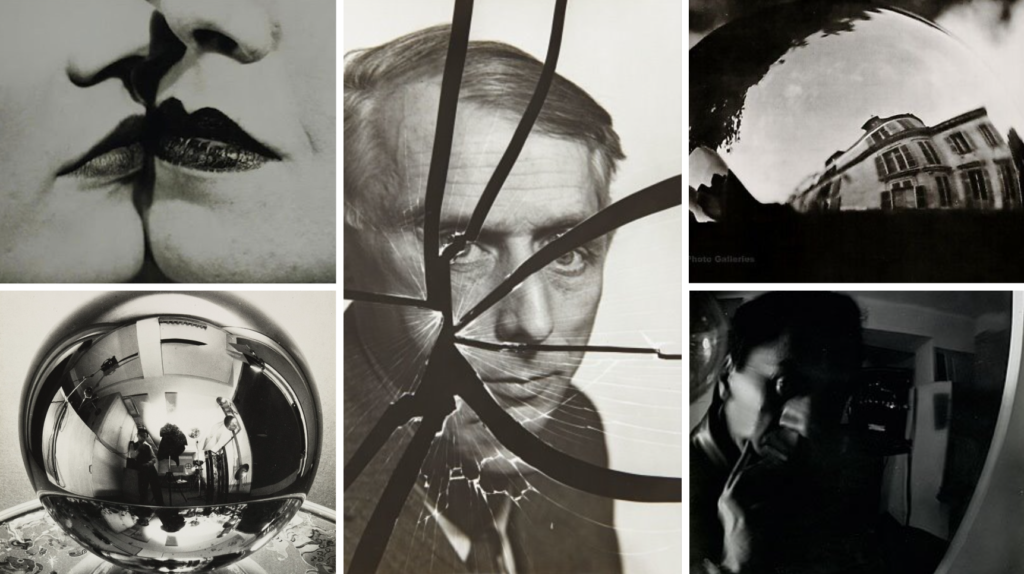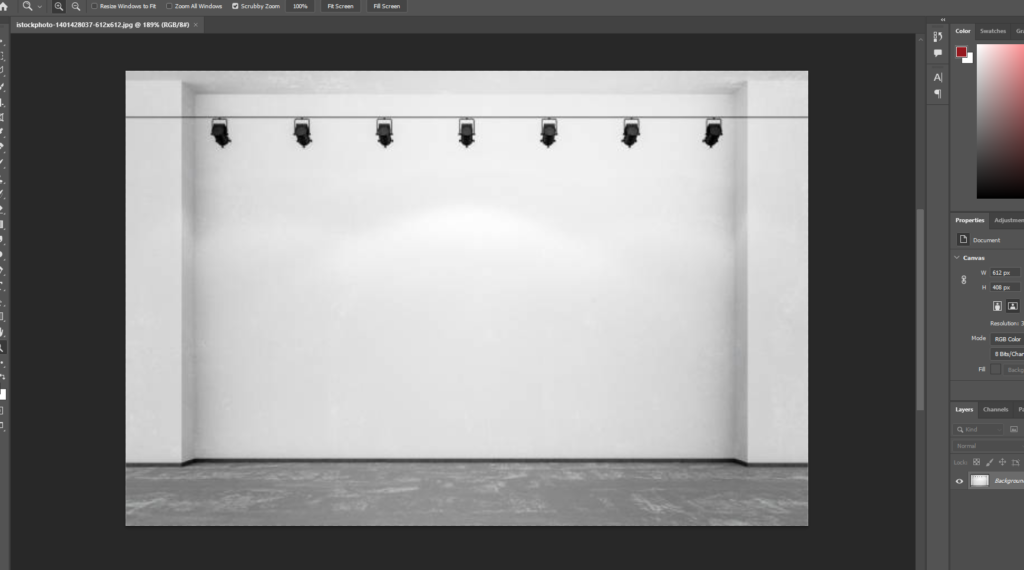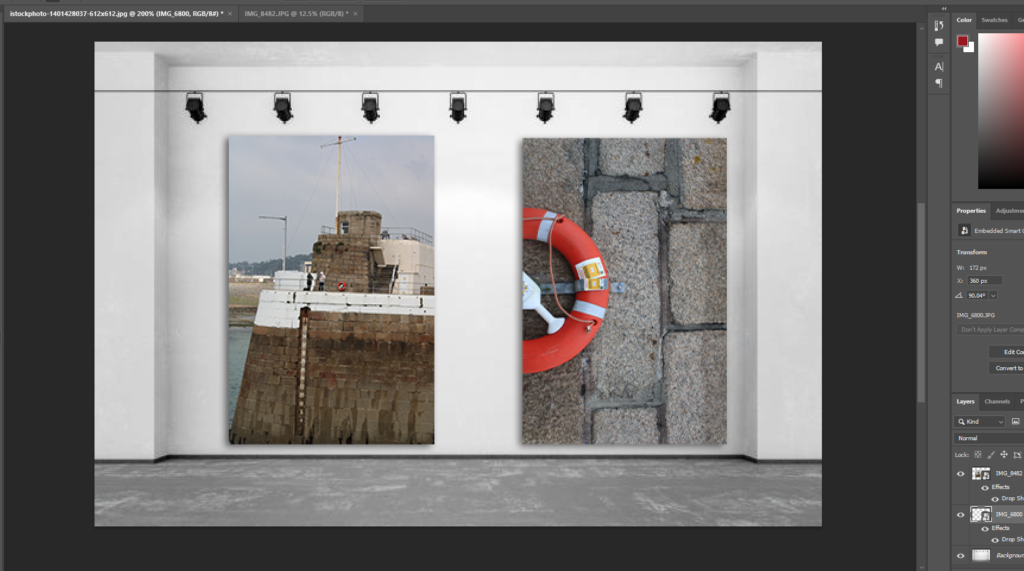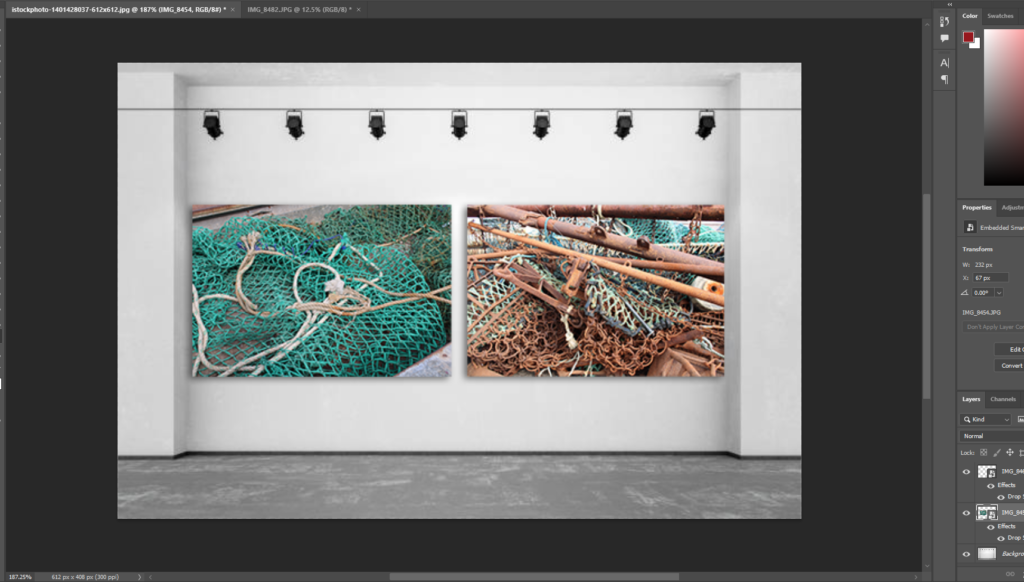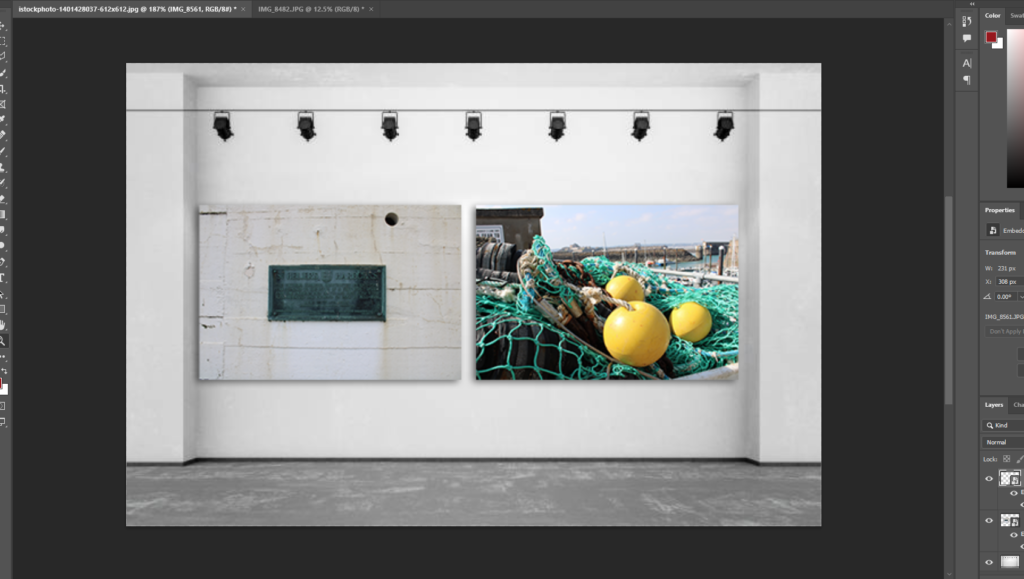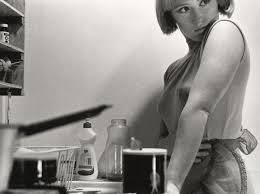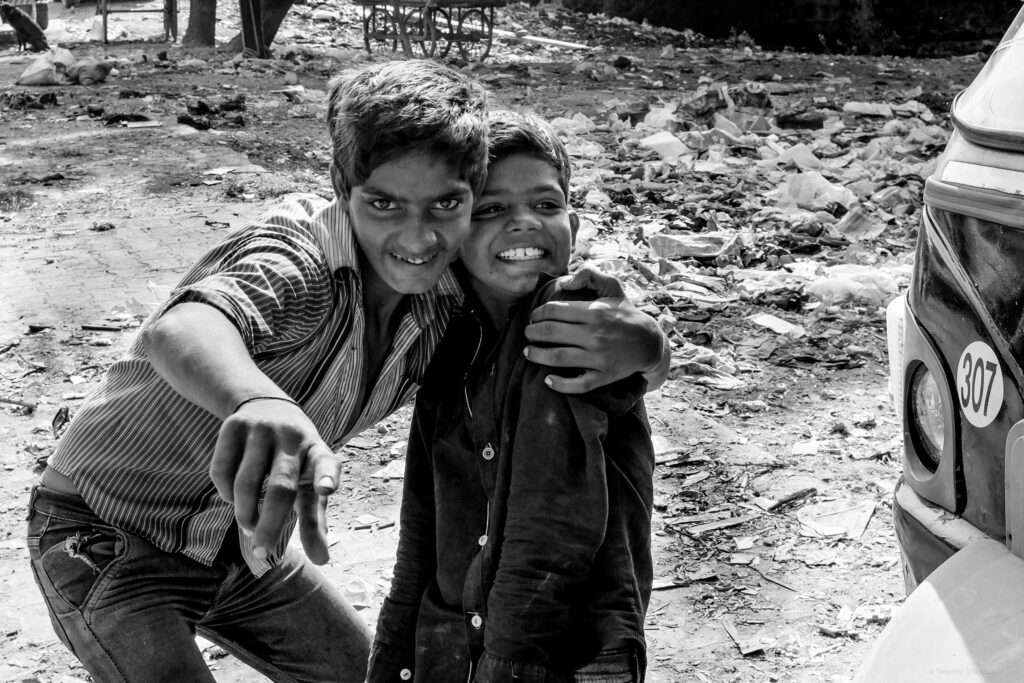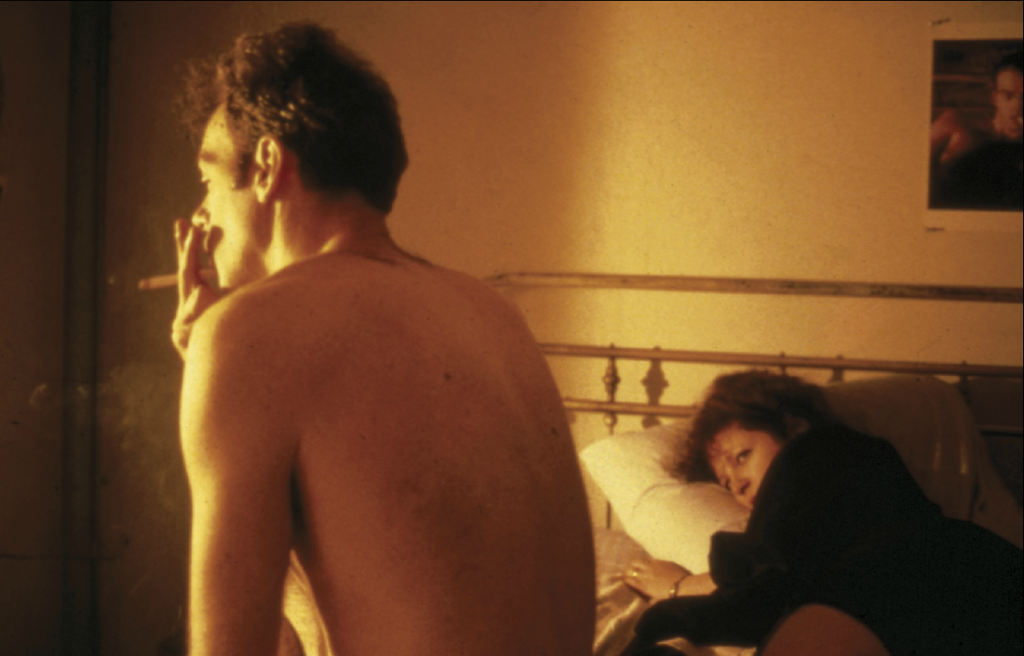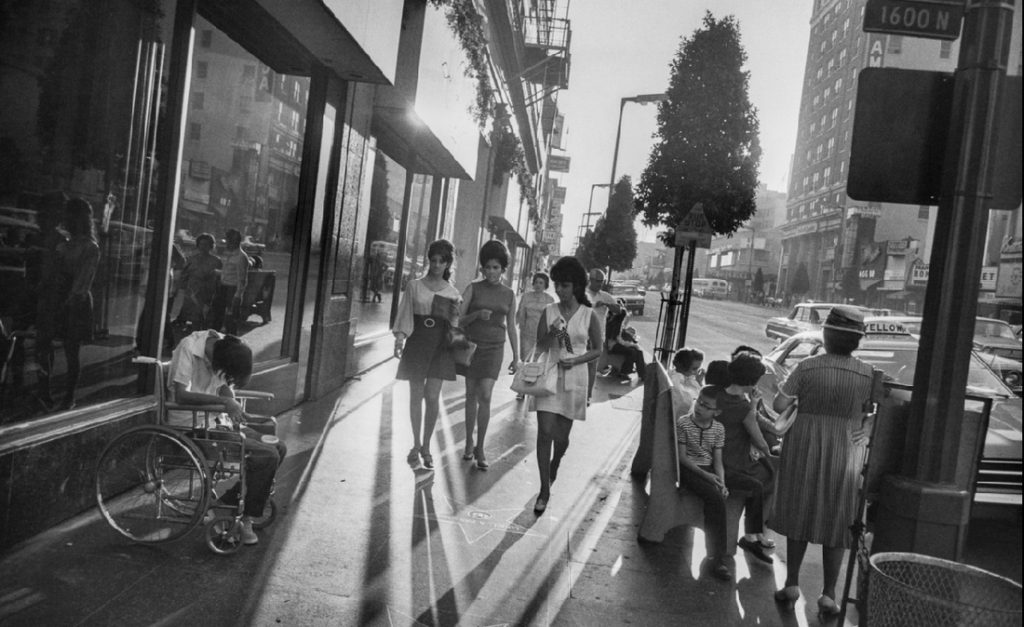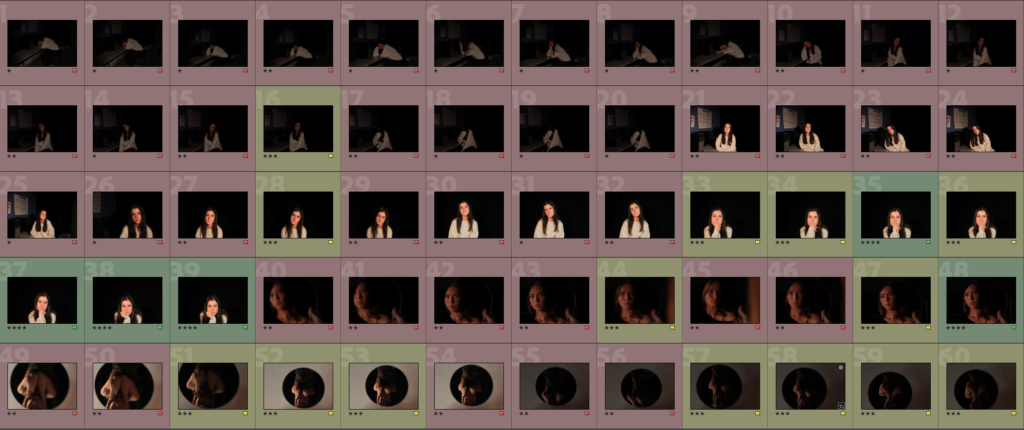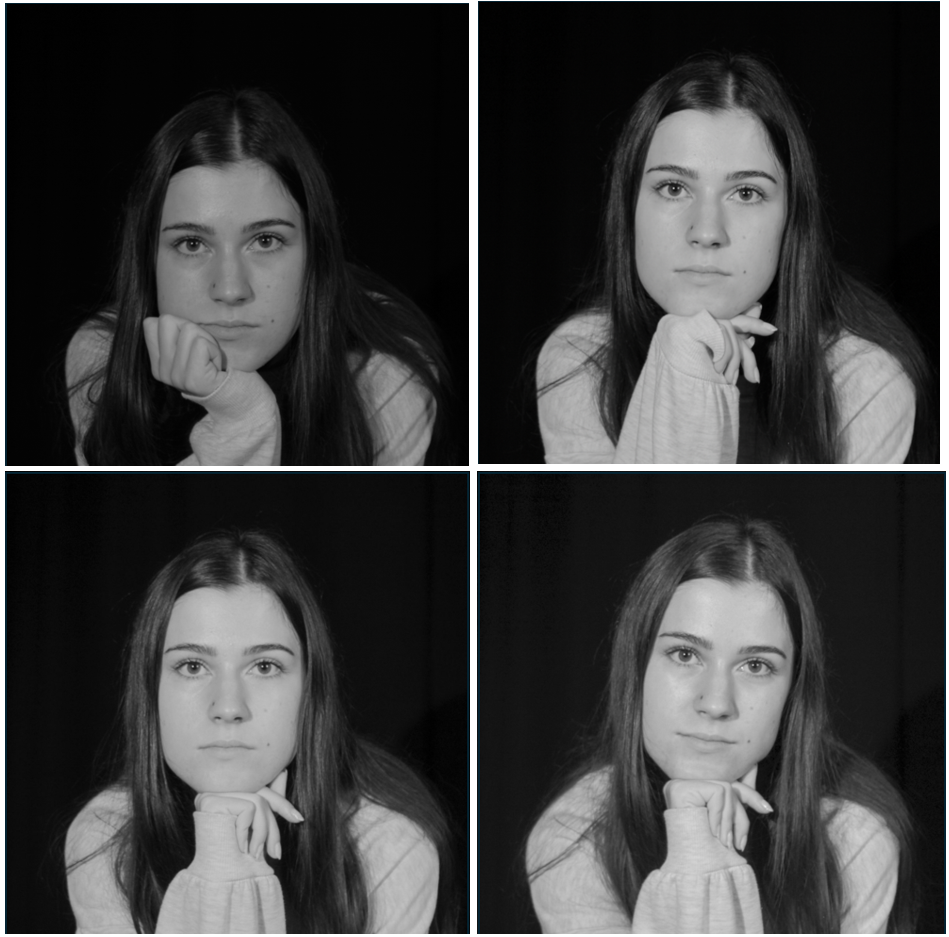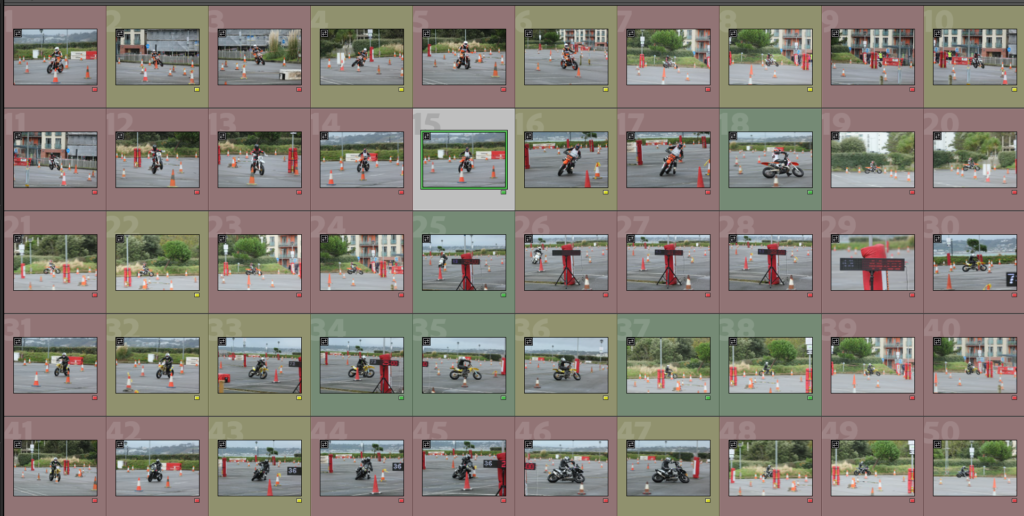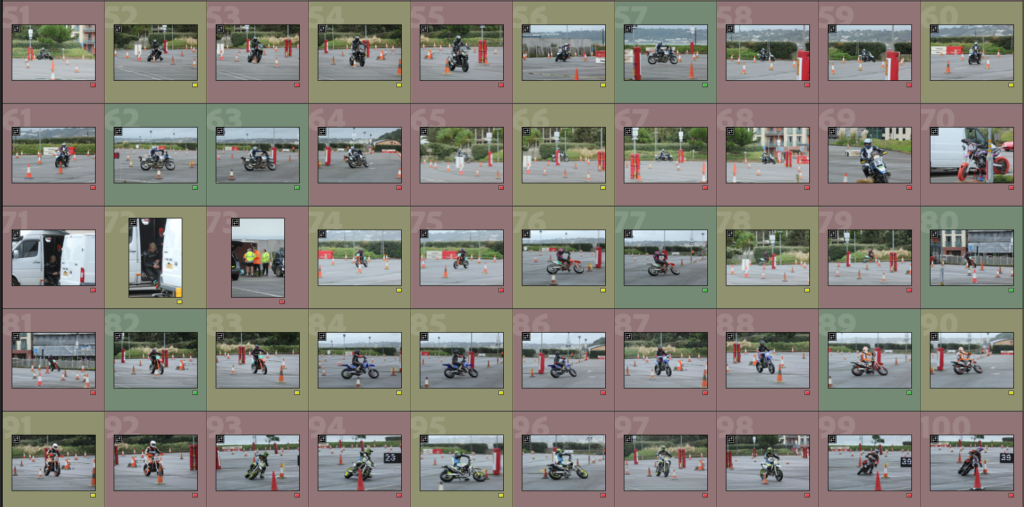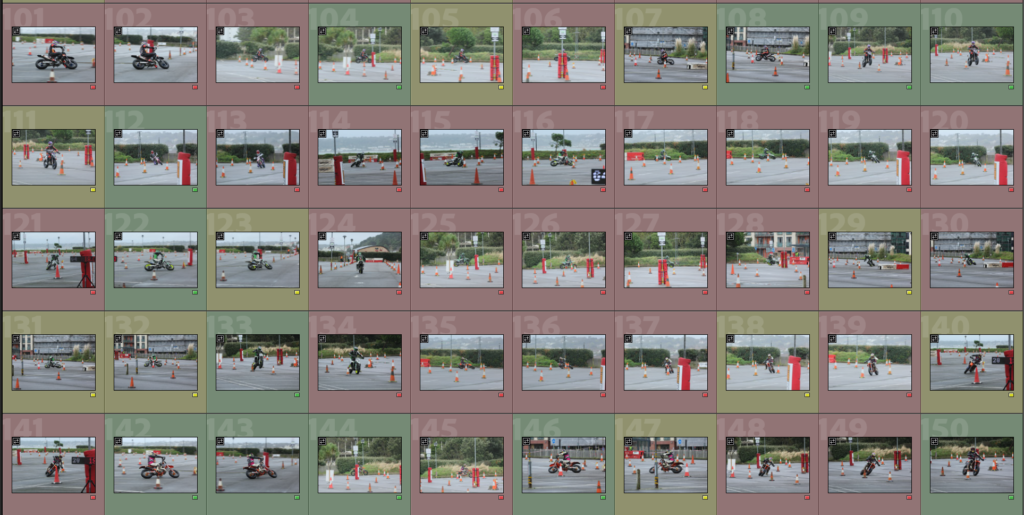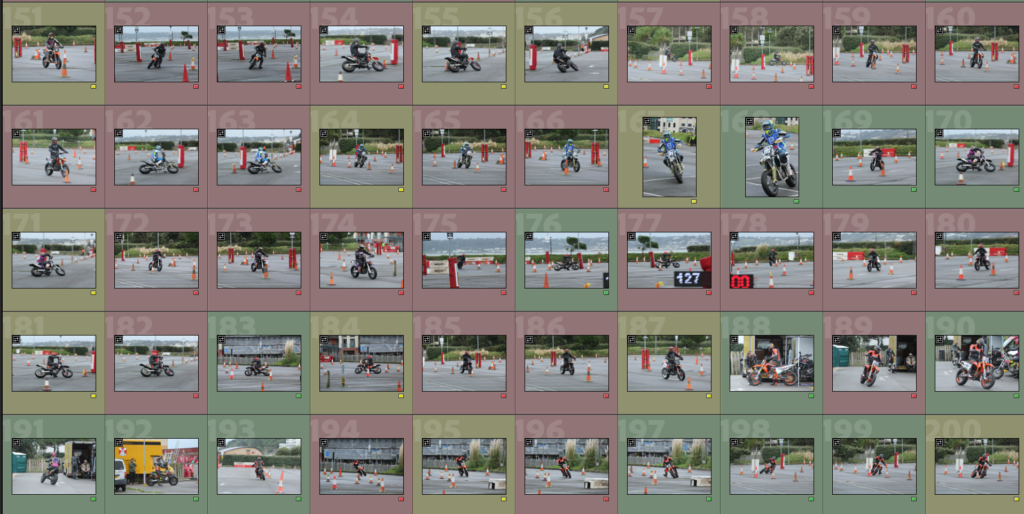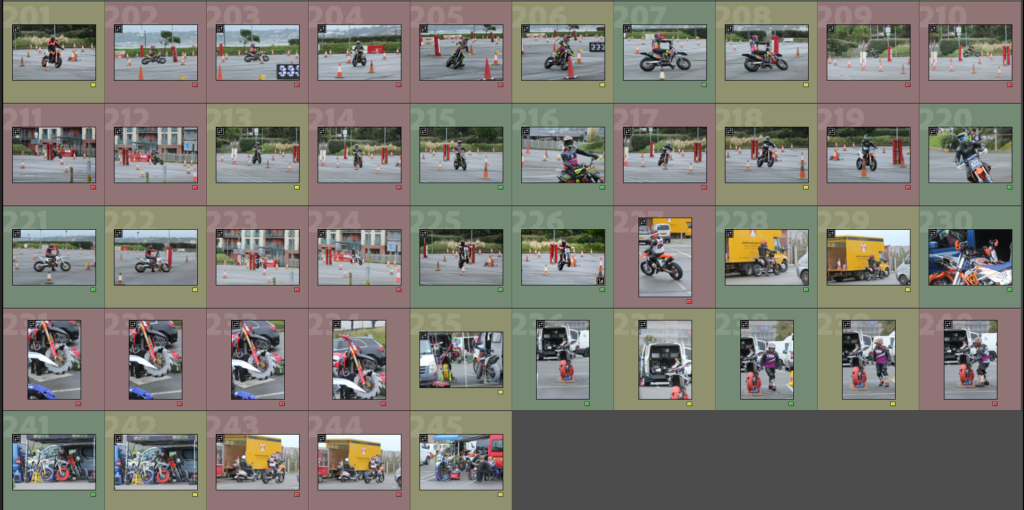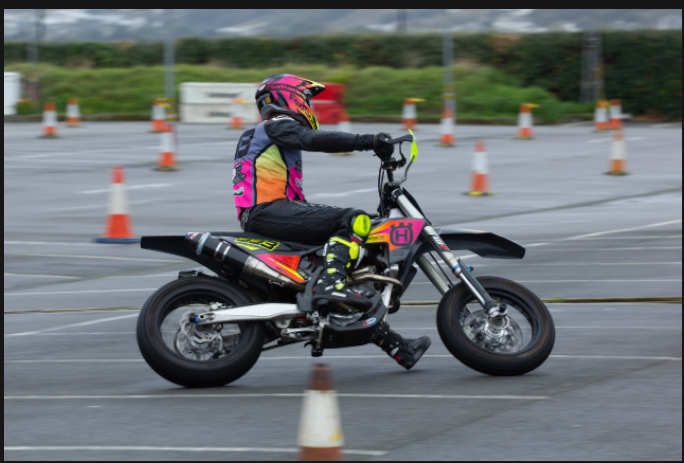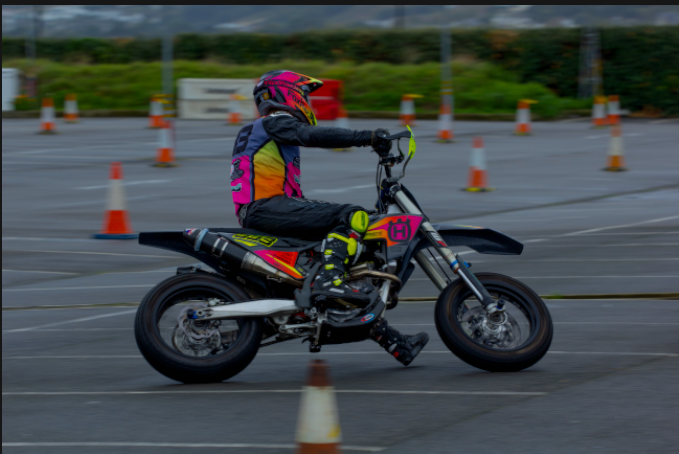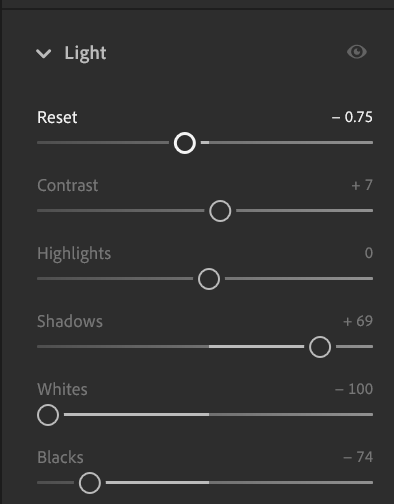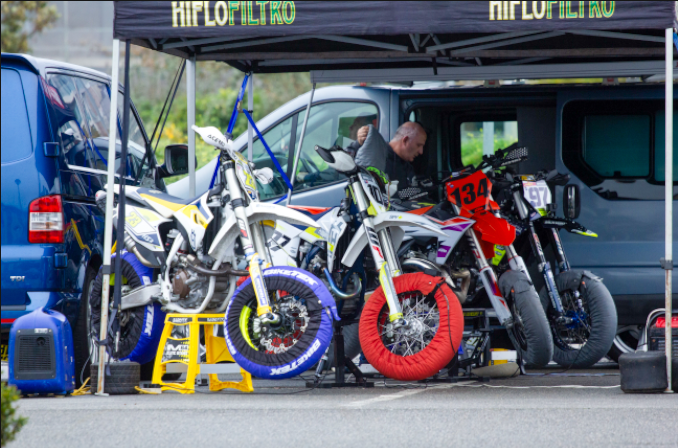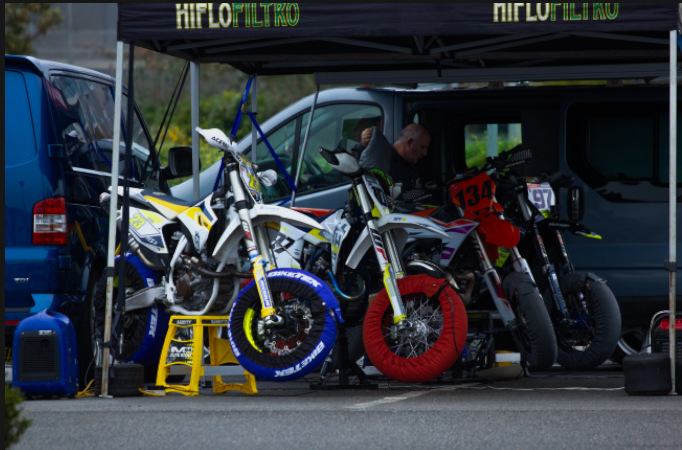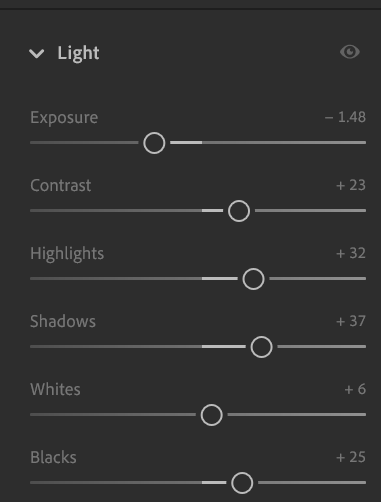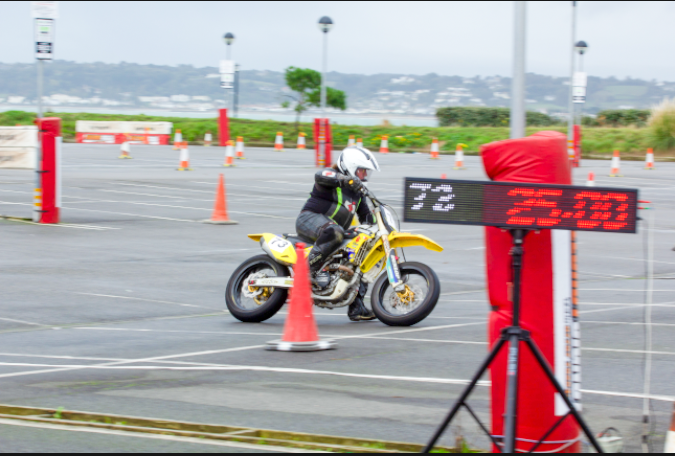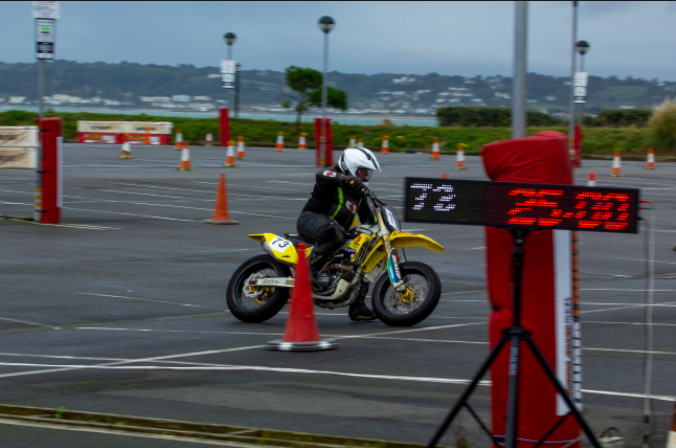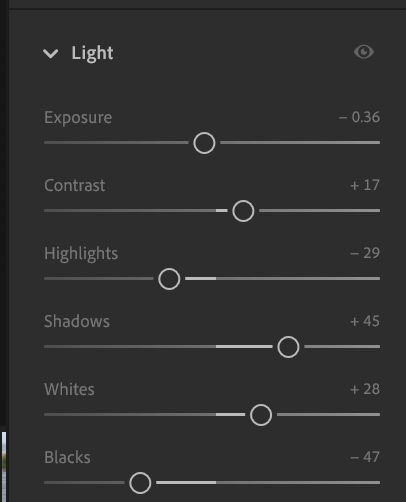Intro-
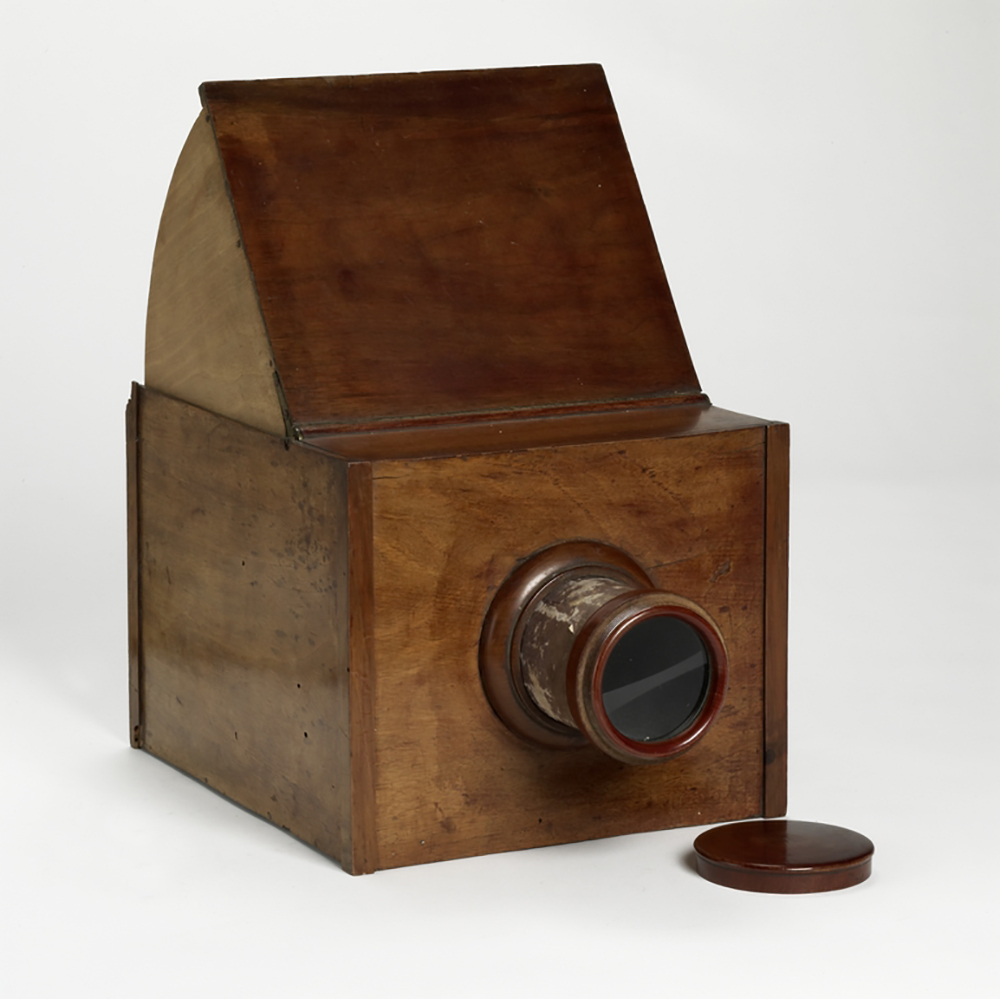
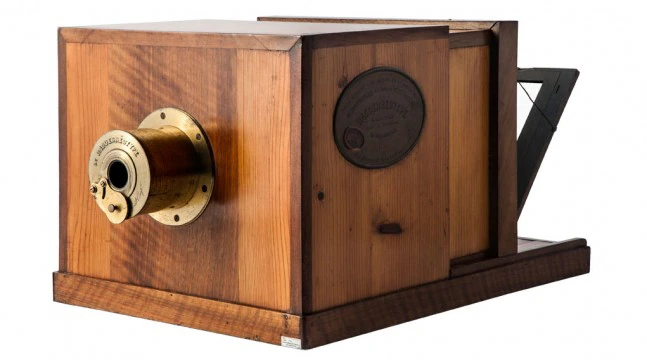
With the emergence of the Camera in the early 19th century, two photographic processes were developed: the Calotype and Daguerreotype. produced by Henry Fox Talbot, in 1841, the calotype, used paper, coated with silver iodide. Exposed to light in a camera obscura, these areas hit by light would become darker and develop a negative image, using other chemicals this could begin to ‘develop’ an image on the paper. This developing process permitted a much shorter exposure time in the camera from one hour to one minute.
The Daguerreotype, made by Louis Daguerre in around 1839, was produced by silver-platted copper that had been cleaned and polished to a mirror-like surface which would then be sensitized in a closed box until it became a yellow/rose colour. from this it would then be placed within a camera and once exposed to light, developed over hot mercury until an image appeared, to fix the image it would be immersed in a solution of sodium thiosulfate or salt and then finally toned with gold chloride.
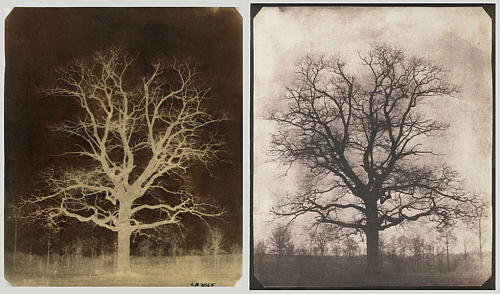
“The basic material of photographs is not intrinsically beautiful. It’s not like ivory or tapestry or bronze or oil on canvas. You’re not supposed to look at the thing, you’re supposed to look through it. It’s a window.” 1
– John Szarkowski
“In the past decade a new generation of photographers has directed the documentary approach toward more personal ends. Their aim has been not to reform life, but to know it.” 2
– John Szarkowski
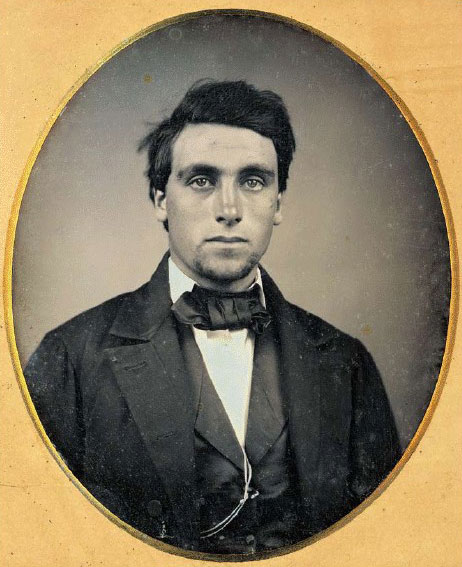
With Calotypes, being more easily transportable than the Daguerreotype, though its historical usage, It is more commonly used with John Szarkowski’s thesis, of window photography. Using the natural occurrence of camera obscura too, this relied on the natural light of outside. Daguerreotypes on the other hand, with its more complex process off transporting its sheets of photographed copper, these where widely used with portrait photography, with the focus being more-so around Daguerre this can be seen as more reflective of him as an artist, fitting into Szarkowski’s category of mirror photography.
Para 1 –
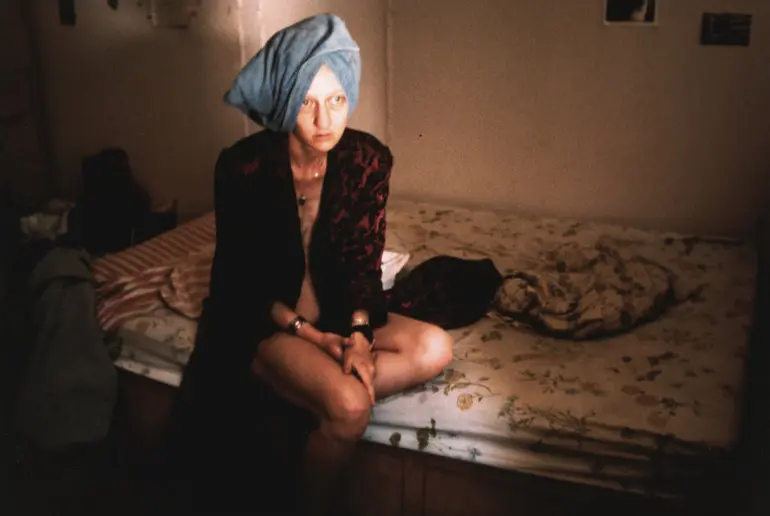
‘Suzanne on her bed’, 1983, Nan Goldin.
This Image to me conveys Szarkowski’s conceptional thesis of mirror photography. Although not being an image of the artist herself, through the context of the photograph and general assumption of the shoot location we as an audience can deduce that this is someone she knows and is conveying details of her own life. I know that from the artist herself she is quoted to say that when first producing these images, the audience consisted “entirely of the people in the slide show, my lovers and friends.”3 for this reason I believe that with this staged image, it is used to convey Goldin’s life through a individual and characteristic medium. Another quote to support my argument can be found where Goldin goes onto say that her photographs aimed to capture “fragments of life as it was being lived.”4.
“It is the realist view that the world exists independent of human attention, that it contains discoverable patterns of intrinsic meaning, and that by discerning these patterns, and forming models or symbols of them with the material of his art, the artist is joined to a larger intelligence.” 5 Through this quote, Szarkowski suggest that by taking what is known in the world such as with window photography, artists like Goldin, re-invent their existing meanings and reflect themselves more to the world through their photographs, like a mirror. Despite being staged, her work captures that “anthropocentric” nature of preserving humanity’s past as an artform. As Jed Perl states about Szarkowski’s thesis, “The very technology of photography contains an admission that the “world exists independent of human attention” —a photograph is, after all, a record of nature, of the world’s lights and shadows. A photograph provides, to use Szarkowski’s word, an “autobiographical” response to a realist situation.”6 from this it can be seen that Jed and Szarkowski’s idea’s both can be found in Goldin’s work, documenting life, subjectively it shows her own perceptions through visual illustrations of life. Through this example it also shows how both elements of mirror and window photography can co-exist with one an other within an image. It can be asked however being staged images, does this over-exaggerate that period of time? like with the Romanticism era of art, which portrayed an idealistic depiction of the countryside, does Goldin’s portrayal of life in the late 80’s do the same? this is what proposed Szarkowski’s thesis, which divides photography with photos either being a ‘Mirror’ or ‘Window’.
Para 2 –
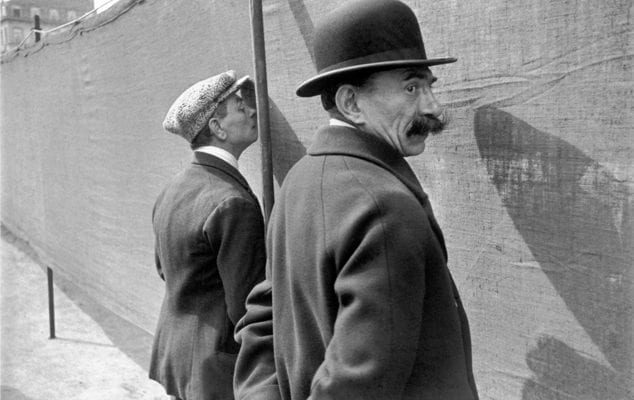
‘Brussels’, 1932, Henri Cartier-Bresson.
This Image to me is applicable to Szarkowski’s thesis of mirror photography. Within this Image and many more of his work, Cartier-Bresson’s aim was to capture the world and its people candidly through time. From my own knowledge I know that Cartier-Bresson’s’ photos are based around his expressional concept of the ‘decisive moment’. Capturing day-to-day people and places at a perfect point in time, Cartier-Bresson’s photography can be seen to transfer them into captivating artworks of a documentative aesthetic. Unaltered in their contents, Cartier-Bresson can be quoted to say “Of all the means of expression, photography is the only one that fixes a precise moment in time.” 7. How I find this is related to mirror photography can found with the argument that his snap-shots, Photographing the world of the past, connotes to me the sentiments behind mirror photography of showing the world we live in. Visualising the world in the notion of realism, this to me is being conveyed in Cartier-Bresson’s work. Although his work is acknowledged by Szarkowski, the idea of the ‘decisive moment’ is not something that Szarkowski seems entirely fond off.
“The photographer Henri Cartier-Bresson tried to indicate the importance of choosing the visually correct instant to make an exposure by referring to it as the “decisive moment.” Is the picture of a steeple falling from a burning church the same as the picture of the burnt remains?” here Szarkowski implies that, despite his contributions to window photography, he believes that Cartier-Bresson’s images create an impact from its artistic timing, and less so from its intended documentative purpose. Szarkowski states that “Viewers should also ask themselves how an image would be historically different if it had been taken earlier or later.” “stopped it creates a slice of time, a picture rather than a whole story.” 8 To me this suggests that Szarkowski wishes to convey a larger narrative within his photos, however due to the nature of photography is limited in that respect to documenting a single point in time, with the photographer being in control of when the picture is taken, this may suggest Szarkowski is saying that within window photography, aspects of its opposite, ‘mirror’, seep in through the artists own creative choice. taking Inspiration by the images produced by Cartier-Bresson, Szarkowski names another American photographer who with his work, ‘The Americans’, 1958, displays an accurate example of his thesis of how photography can be a ‘window’. As he states: Robert Frank’s (The artist) work “characterizes opposite modes of the new photography, with its divergence between those who believe that art is a mirror, reflecting a portrait of the artist who made it, and those who see it as a window, through which one may better know the world.”9
– John Szarkowski
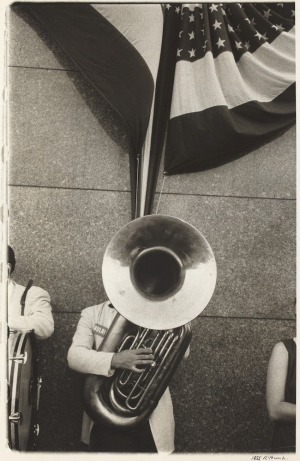
‘Democratic National Convention‘, 1956, Robert Frank.
As Jed Perl’s describes Szarkowski’s opinion of Robert Frank’s work, he states that he moves “toward an introverted “realism,” involved with the “exploration” of a private “window” on the world.” 10 Despite not believing in Cartier-Bresson’s conception of the decisive moment it can seen in comparison that Frank has taken inspiration from this idea.
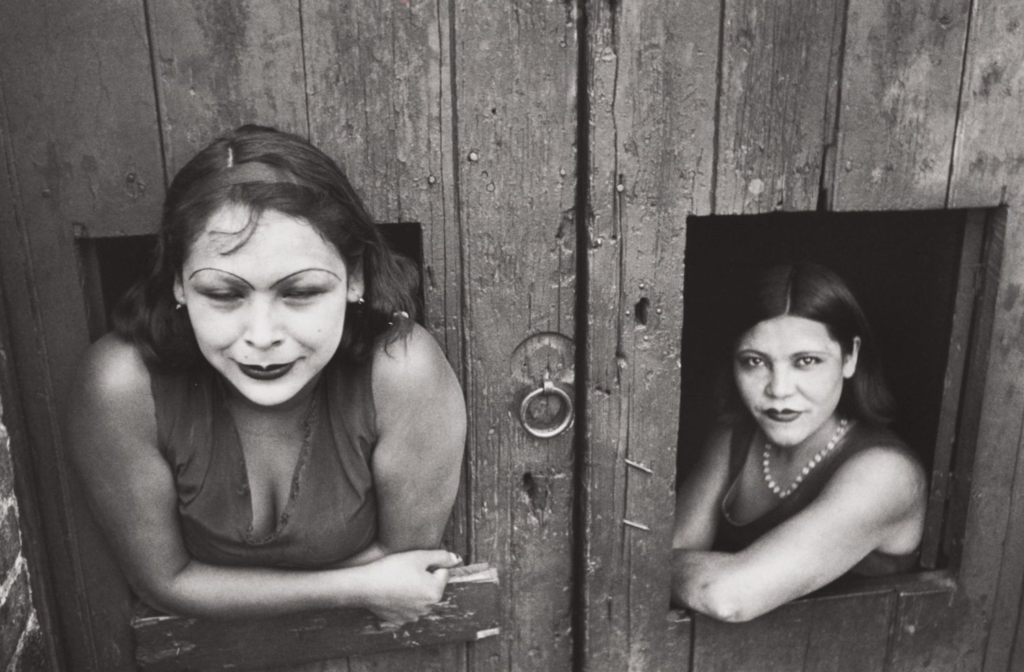
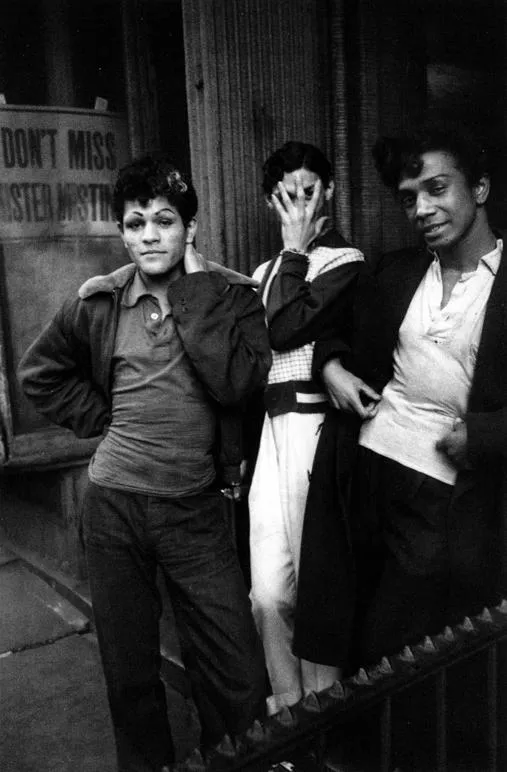
Acting as a ‘window’ into our world, both of these artists captured and documented the world around us, with Frank taking influence on Cartier-Bresson’s style, It can be said that his photographs mimic the aesthetic of Cartier-Bresson’s. Reflective of his style, This can contribute to some aspects of Mirror photography, as artists recognisable for their own style, show some sign of individualism with their style. Here it can also be said that this shows that some aspects of ‘mirror’ photography can exist within a documentative ‘window’ photographer.
Conclusion –
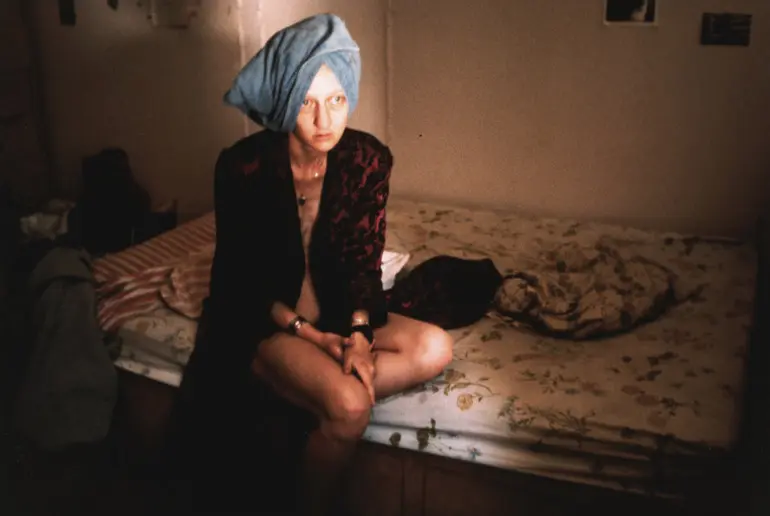
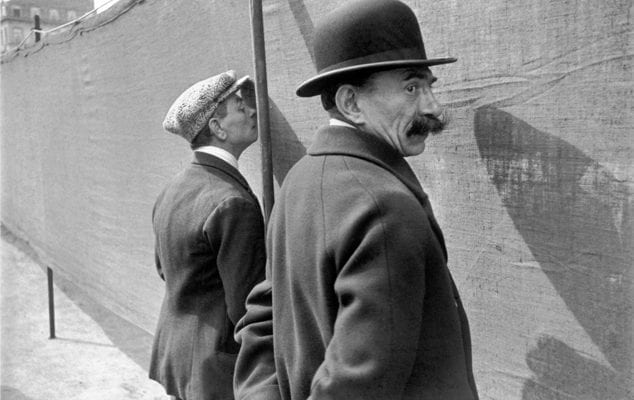
In conclusion, I find that these two images are perfect examples into how to differentiate Szarkowski’s theory of ‘Mirrors’ and ‘Windows’. To understand how both ‘mirror’ and ‘window’ photographs can exist within the world of photography, a study into these images show how. With Goldin’s romanticised and unique images, this shows her interpretation of life through a reflective recreation of art. In a similar way Cartier-Bresson displays his interpretation of life, through a documentative and more naturalistic approach. Although different in terms of aesthetic, both are representative of the lifestyle of the human being, and how we perceive it. Upon a singular examination into one of the two photographs, it is evident upon analysis on how they differ: with Goldin’s staged images, analytical into her own personal life, this is far more expressive of her own thoughts and impressions of herself as an artist. With Cartier-Bresson on the other hand, his work is much more public, being outside, his images show realism through the unknown people captured within his photographs. Unlike Goldin, he doesn’t explain who these people are and for this reason is much more documentative of the people, but is limited with its lack of description of who he captures. As Szarkowski states “From his photographs [the photographer] learned that the appearance of the world was richer and less simple than his mind would have guessed. He discovered that his pictures could reveal not only the clarity but the obscurity of these things, and that these mysterious and evasive images could also, in their own terms, seem ordered and meaningful.”11 here Szarkowski implies that despite the idea of two forms of photography with their own conceptual definitions, both generate the same outcome of depicting the world in all its naturalisms and ambiguous meanings. As Jed Perl states “The possibilities of photography, like the possibilities of any art, are as great or as small as the visions of artists.”12 Through this quote it is fair to assume that what makes an image either a window or a mirror is entirely up to how the photographer interprets.
- https://photoquotes.com/author/john-szarkowski ↩︎
- https://photoquotes.com/quote/in-the-past-decade-a-new-generation-of-photographe ↩︎
- https://www.moma.org/artists/7532 ↩︎
- https://www.moma.org/artists/7532 ↩︎
- https://www.moma.org/documents/moma_catalogue_2347_300062558.pdf?_ga=2.54789417.324587201.1678794436-79728838.1664367708 ↩︎
- https://archive.aperture.org/article/1978/2/2/mirrors-and-windows-messages-from-moma ↩︎
- https://shuttermuse.com/inspirational-henri-cartier-bresson-quotes/ ↩︎
- https://photoquotes.com/quote/the-thing-itself–br—what-the-photographer-takin ↩︎
- https://www.moma.org/documents/moma_catalogue_2347_300062558.pdf?_ga=2.54789417.324587201.1678794436-79728838.1664367708 ↩︎
- https://archive.aperture.org/article/1978/2/2/mirrors-and-windows-messages-from-moma ↩︎
- https://photoquotes.com/author/john-szarkowski ↩︎
- https://archive.aperture.org/article/1978/2/2/mirrors-and-windows-messages-from-moma ↩︎


